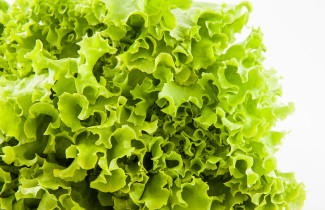The doctoral dissertation in the field of Biology will be examined at the Faculty of Science, Forestry and Technology, Joensuu campus and online.
Human-induced habitat destruction and fragmentation leads often to threatened species persisting in small, isolated populations, frequently suffering from inbreeding depression and an elevated risk of extinction. Genetic rescue, increasing the genetic diversity of populations affected by reduced genetic variation and inbreeding by means of outbreeding, has increasingly been suggested in conservation biology to halt population declines and extinctions. It is also acknowledged that outbreeding involves the risk of outbreeding depression, however, with the risk growing with genetic and ecological distance between populations.
The critically endangered landlocked salmon of the Vuoksi watershed (Salmo salar m. sebago Girard 1858) is an iconic species of Lakes Saimaa and Pielinen in Eastern Finland. The population of Atlantic salmon was saved from the brink of extinction in the 1970s by fish hatcheries, when its natural breeding grounds were sacrificed for hydroelectricity. Despite being saved, this unique population has been suffering of extremely low effective population size and is presently threatened by inbreeding. To study the applicability of genetic rescue in the landlocked salmon of the Vuoksi watershed, it has recently been crossed with two geographically close anadromous Atlantic salmon populations from the Baltic Sea watershed.
In article I of this dissertation I studied the effect of hybridization on early life viability relative to the purebred landlocked salmon of the Vuoksi watershed. I found signs of hybrid vigour both in embryo survival and in survival to fry stage, at least if landlocked salmon is hybridized with the anadromous salmon originating from River Neva. In articles II and III I demonstrated that juvenile salmon of these two populations show heritable behavioural differences. Specifically, I show in article II, that landlocked salmon seem to show bolder behaviour, on average, than anadromous Neva salmon, with the hybrids being intermediate to the purebred populations.
Finally, in article III I demonstrate that juvenile hybrid salmon survive better under piscine predation than purebred landlocked salmon, indicative of genetic rescue. This benefit, however, can be reversed by infection with the very common parasitic fluke Diplostomum pseudospathaceum causing cataracts in fish eye lenses, thereby increasing susceptibility to predation. As shown also in two previous studies, hybridization impairs resistance to the parasite, which is indicative of outbreeding depression relative to the purebred landlocked salmon.
The doctoral dissertation of Aslak Eronen, MSc, entitled Hybridization of landlocked and anadromous Atlantic salmon: Potential genetic rescue in a population threatened by inbreeding will be examined at the Faculty of Science, Forestry and Technology, Joensuu Campus. The opponent will be Research Professor Jaakko Erkinaro, Natural Resources Institute Finland (Luke), and the custos will be Professor Raine Kortet, University of Eastern Finland. Language of the public defence is English.
For more information, please contact:
Aslak Eronen, [email protected], tel. +358 40 068 0876
Links to published articles:
Article I and Article II




